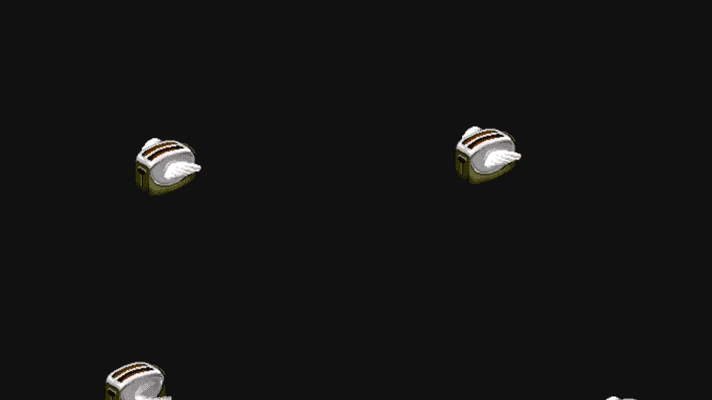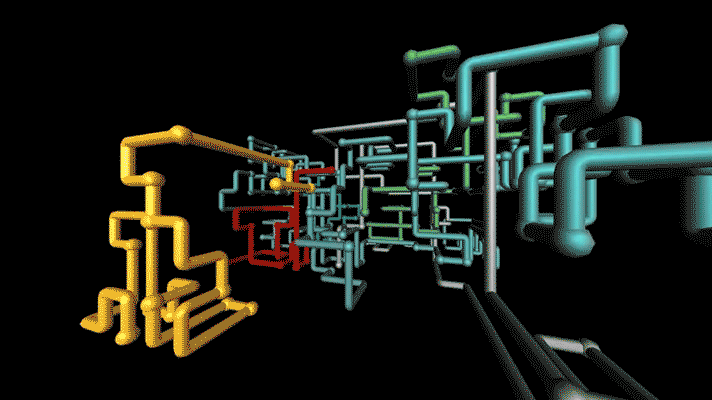
Screensavers as folk art?
Should we regard these functional, visual loops as valuable artifacts? Yes, says Rotterdam’s Het Nieuwe Instituut
If, at some point in the 1990s or the early 2000s you dozed off in front of your iMac, or skipped out to lunch, leaving your PC untouched, you may well have caught site of one of the works coming to Rotterdam’s Het Nieuwe Instituut later this month.
The forthcoming exhibition Sleep Mode, 27 January to 25 June, looks back at the art of the screen saver. 26 of these animated files, which were originally installed on PCs from the mid-1980s onwards to prevent otherwise inactive images being burned onto sensitive, cathode-ray computer screens, will be projected onto the Rotterdam gallery’s walls.

The show’s curator, the Dutch digital artist Rafaël Rozendaal is not attempting to offer an accurate historical survey of the form, but wants visitors to revel in these fun, defunct pieces of folk animation. Rozendaal sees value in these, early ever-changing images precisely because “they emerged entirely from the practical role they had to play in protecting computer screens,” explains the gallery.
Some of these simple, function sequences might be familiar to older visitors, who can remember staring into CRT monitors at work or school, while young gallery goers may well see a kitsch charm in the pixelated flying toasters and animated pipes.
Rozendaal has been careful to credit the screen savers’ authors who were, the gallery explains, computer programmers creating simple, fun bits of animation, sometimes as an aside from more challenging work.

Most of the works in Sleep Mode were created by programmers without fine art training, and it’s hard not to be charmed by their unpolished charm, in an age when almost every aspect of our screen time is heavily managed and offered in high definition.
For more fully wired art get Art and Electronic Media; for more from the Internet’s early days get The Cyberspace Lexicon.